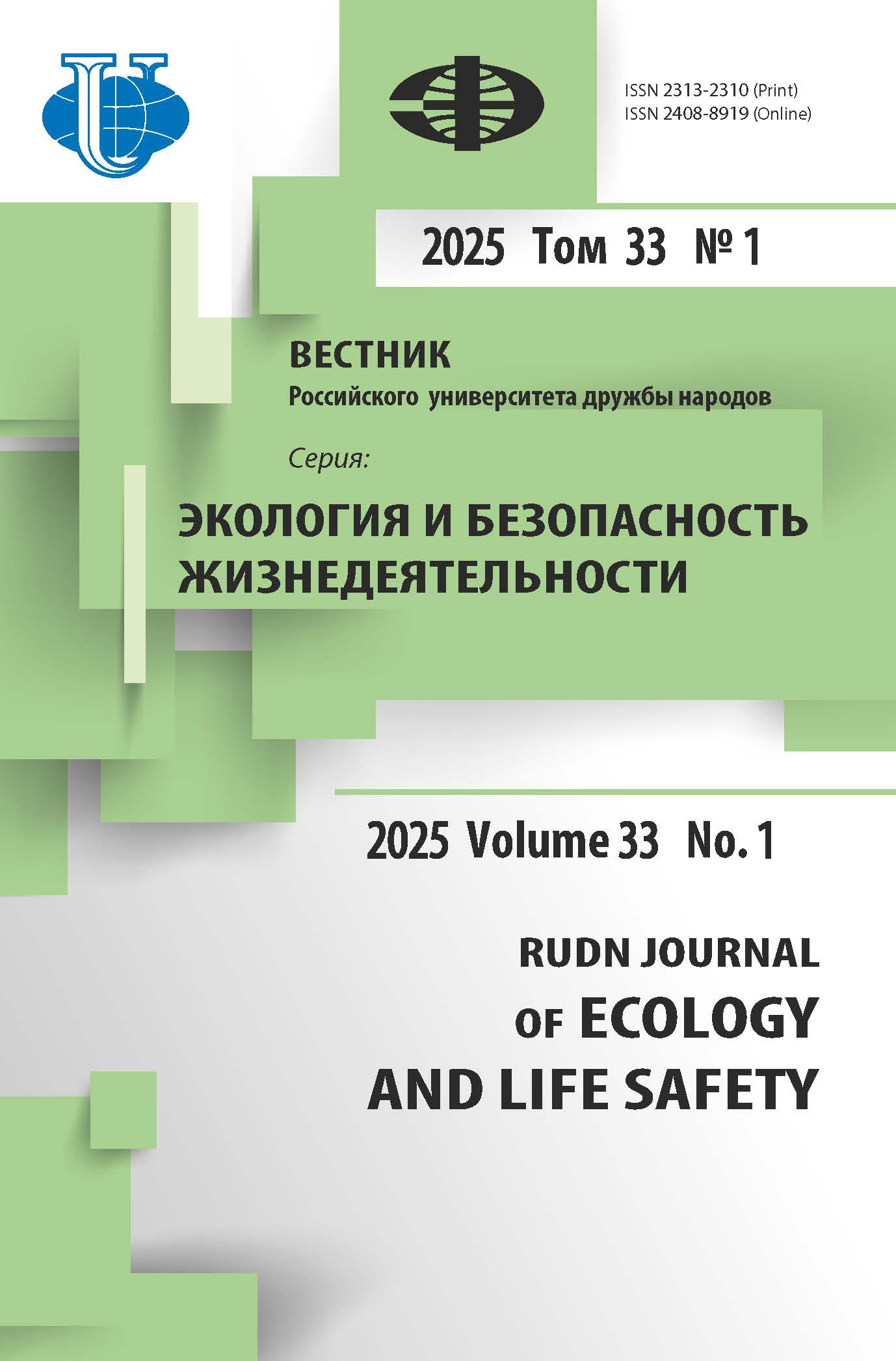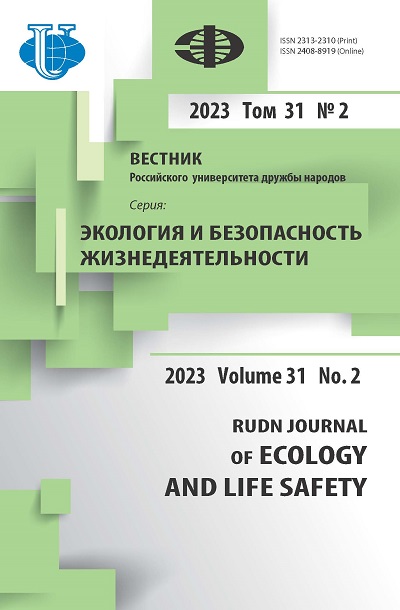Abstract
The result indicates the possibility of creating methods to stimulate the growth rate of microalgae by extremely high frequency electromagnetic radiation (EHF EMF). Pollution of quarry waste water with inorganic nitrogen compounds (ammonium, nitrate, nitrite) is an important problem in the mining industry. Biological treatment methods with the use of plant organisms and microorganisms show efficiency and require less financial and labour costs than physical and chemical methods of waste water treatment. Not all organisms and microorganisms are applicable in the Far North conditions. The microalgae Chlorella shows the ability to reduce nitrate and ammonium concentrations in quarry wastewater, and some species of microalgae can survive at water temperatures of 3⁰C. A number of works indicate the stimulating effect of EHF EMR on microorganisms and the ability to reduce the toxicity of pollutants. Therefore, the methods of treatment of quarry waste water from inorganic nitrogen compounds by microalgae Chlorella under the influence of electromagnetic radiation of extremely high frequency are relevant for development. The aim of the study was to investigate the effect of the duration of EHF EMR exposure on the growth rate of the Chlorella microalgae. Materials and Methods: In this work, 2 control and 9 working experiments were carried out to cultivate Chlorella vulgaris for 24 hours with the exposure time of EMF EHF from 5 to 480 minutes at the beginning of cultivation. The increase in biomass concentration in the experiments relative to control values was studied spectrophotometrically. Results: The maximum increase in biomass concentration was observed at an exposure time of 120 minutes.
















